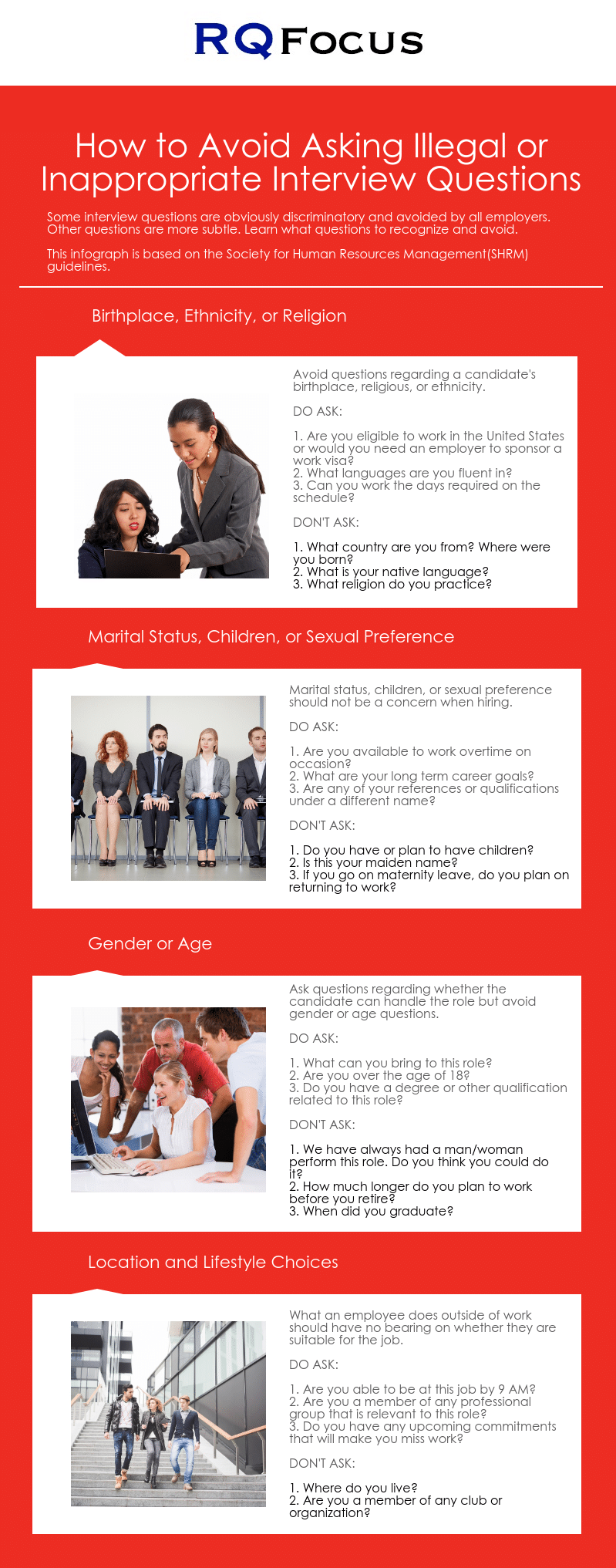5 Rewarding Team Building Exercises for an Evolving Company

Every business owner strives for a workplace where their team members work together positively. However, building unity within the workplace requires time and effort. Incorporate team building exercises to help employees adjust to an evolving company.
The following are a few fun team building activities for the workplace:
Provide a Comfortable Break Room with Snacks and Beverages
Everyone needs to get away from their desk during the day. A comfortable break room offers your employees a place to rejuvenate or eat lunch. Inevitably, the break room often becomes a gathering place where employees build community.
Creating a comfortable break room takes little effort. Maintain a few snacks, such as granola bars or fresh fruit, as well as coffee and other work appropriate beverages.
Sponsor Job Shadowing Opportunities for Employees in a Different Position
New employees are often attracted to their job position due to the opportunity for growth. Use job shadowing as an opportunity to introduce the employee to the position while meeting others in the department. Job shadowing is easy to manage with little costs. Job shadowing is essential if an employee is considering transitioning to a new position.
What to Include in Job Shadow
- Participate in Brainstorming Session
- Attend a Meeting
- Take Notes During Planning Sessions
- Variety of Non-Confidential Activities
Hold Company-Sponsored Team Building Lunches
Food always has a way of pulling people together! Get your employees out of the office with a barbeque or restaurant outing. If your meal is outside, you can schedule fun games where employees work together. Sports work well for team building.
Sponsor Sporting Event or Team that Employees Can Participate in Together
Create a sporting team for your company to participate in together. This could be a community softball, basketball, or kickball league.
You could also sponsor a sporting event, such as a half-marathon or 5k. Provide your employees with company t-shirts. The t-shirts not only create unity but great advertising!
Encourage Team Members to Volunteer for Charity Together
The camaraderie that people develop when they volunteer together is powerful. Create a volunteer event with a local charity. The event could be picking up trash, building homes for poor families, or cleaning hiking trails. Volunteering together can create positive memories that unite the company.
Host Activities for Employee’s Families
Company lunches are great but many employees have families that they would love to involve with events. Hold family-friendly events where employees can develop friendships outside of work. The holidays are a great excuse to hold company parties.
Family-Friendly Events to Host
- Halloween trick-or-treating at desks in the office and pumpkin carving for the kids.
- Luncheon the week before Christmas before employees scatter their own ways.
- Bringing a big screen to the office for family movie night.
Team building exercises can be an investment for your company. When people work well together, they can get more done faster with a positive attitude. It is important to continue team building as your company grows.
















